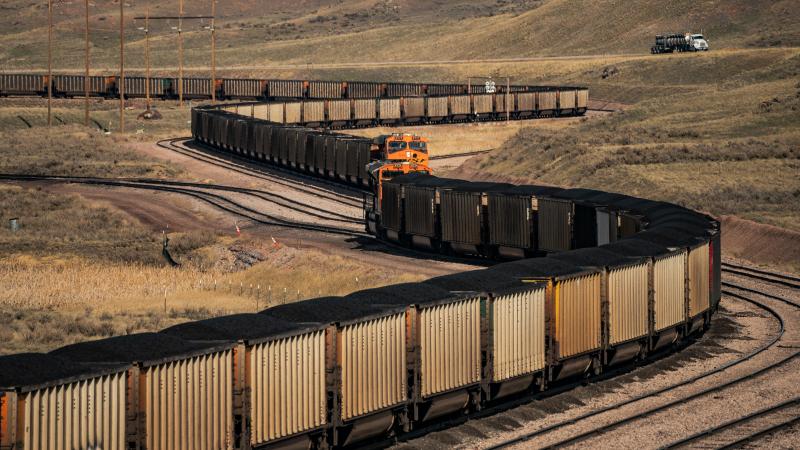Dunleavy signs energy bills
House Bill 50, which creates a regulatory framework for the state to utilize geologic resources for carbon capture, utilization, and storage.
(The Center Square) - Three energy bills passed by the Alaska Legislature are now law with Gov. Mike Dunleavy's signature.
House Bill 50, which creates a regulatory framework for the state to utilize geologic resources for carbon capture, utilization, and storage.
Speaking at the bill signing in Anchorage, Dunleavy called energy the “lynchpin” of society as we know it.
“The bills I signed today will both help individual Alaskans to secure more affordable and reliable energy and allow the State of Alaska to further develop its natural resources for the benefit of the people," the governor said.
John Boyle, commissioner of Alaska’s Department of Natural Resources, said the law is an important step forward for the state, ensuring that Alaska remains open for business.
“Underground storage of CO2 complements Alaska’s existing oil and gas industry through enhanced oil recovery and enabling another voluntary pathway for companies within Alaska to meet their own carbon management goals, while DNR has the opportunity to maximize the value of a previously undeveloped state resource for the benefit of all Alaskans,” Boyle said.
House Bill 307 prioritizes reliability, stability, and cost to consumers for power along the interconnected Railbelt utilities while eliminating wheeling rates along the Railbelt, according to information provided by the governor's office. The term “Railbelt” is a reference to the area serviced by the Alaska Railroad or the electric grid covering the region.
Alaska Energy Authority Executive Director Curtis W. Thayer said it is “one of the most important pieces of legislation” for the Railbelt in decades and praised the governor for detailing expectations for AEA and Railbelt utilities.
“Through our joint efforts, we have made transformative changes to the Railbelt in terms of funding, upgrades, and preparing for the future that have not been achieved since statehood,” Thayer said.
“This new law also fundamentally changes how AEA operates; It enhances AEA’s ability to meet its mission of reducing the cost of energy for Alaskans, and demonstrates our collective commitment to increasing reliability, resiliency, and redundancy," he said.
House Bill 273 will establish the Alaska Energy Independence Fund as a subsidiary of the Alaska Housing Finance Corporation and assist in financing sustainable energy development.
Bryan Butcher of the Alaska Housing Finance Corporation said his team is ready to implement the bill.
“Leveraging the tens of millions of federal funding in energy efficient technologies will be the aim of our new subsidiary whose work will be informed by the nearly $1 billion that the state and federal government have invested in residential energy efficiency at AHFC over the last 20 years," Butcher said.
















